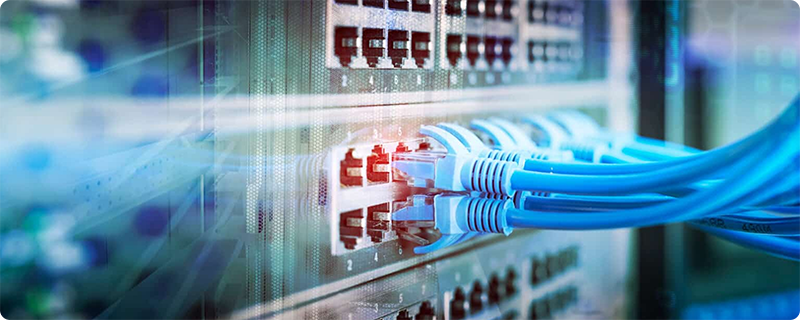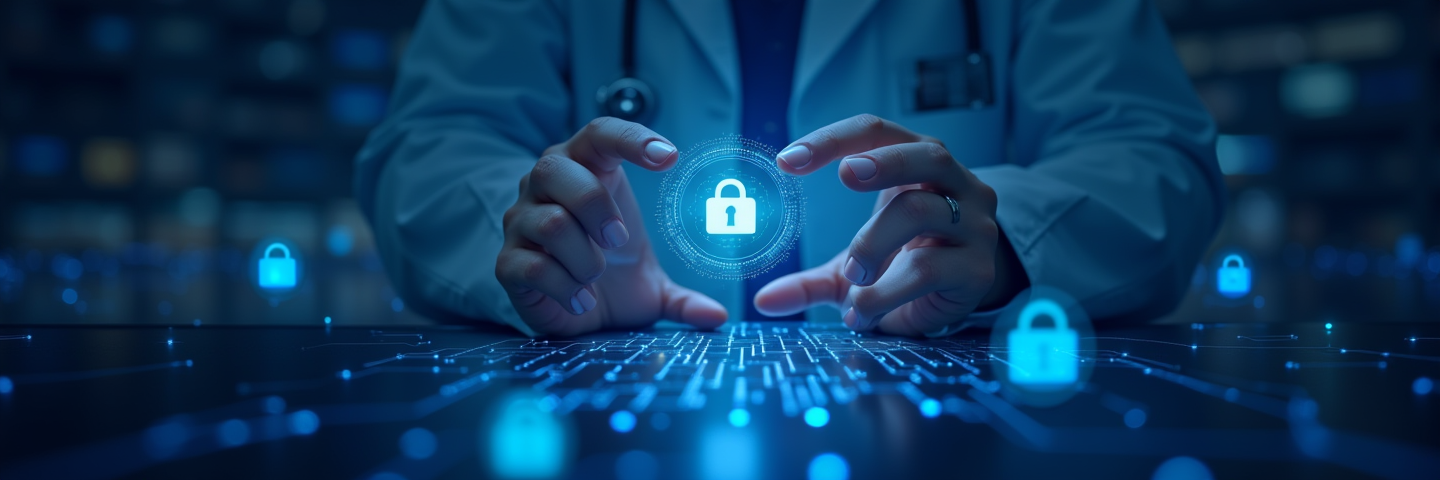In today’s digital landscape, understanding how to trace an IP address is crucial for various reasons, ranging from security analysis to network management. With technology advancing rapidly, the methods and tools for IP tracing have evolved. This comprehensive guide will walk you through the steps and tools you need for effective IP tracing in 2024.
Understanding IP Address Tracing
What is IP Address Tracing?
An IP (Internet Protocol) address is a unique identifier assigned to each device on a network. Tracing an IP address involves tracking the origin of this identifier to glean information like location, ISP, and network status.
Why Trace an IP Address?
Tracing IP addresses can serve multiple purposes:
- Security: Identifying potential sources of cyber threats.
- Network Management: Monitoring and managing network traffic.
- Legal and Compliance: Aiding in legal investigations and ensuring regulatory compliance.
Step-by-Step Guide to Tracing an IP Address
Step 1: Identifying the IP Address
Before you can trace an IP address, you must first identify it. This can be done through various means, such as checking server logs or using network monitoring tools.
Step 2: Using IP Tracing Tools
Once you have the IP address, utilize IP tracing tools. These tools can range from basic online services to advanced software solutions.
Top Tools for IP Tracing in 2024
- GnuVPN IP Lookup: Offers detailed information about the IP address, including geolocation and ISP.
- Wireshark: A network protocol analyzer that helps in deep packet analysis.
- Advanced IP Scanner: For scanning local networks and retrieving IP details.
Step 3: Analyzing the Traced Information
After tracing the IP, analyze the data to understand the geolocation, network provider, and other relevant information. This analysis is crucial for drawing meaningful conclusions.
Advanced Techniques in IP Tracing
Geolocation Tracking
By using advanced tools, you can pinpoint the approximate physical location of an IP address, aiding in various investigative scenarios.
Network Analysis
Understanding the network behavior associated with an IP address can reveal patterns indicative of either normal or malicious activities.
Legal and Ethical Considerations
Navigating Legal Boundaries
Always be aware of legal restrictions and privacy laws related to IP tracing. Unauthorized tracing can lead to legal complications.
Ethical Tracing Practices
Respect privacy and use traced information responsibly. Ethical considerations are paramount in IP address tracing.
Conclusion
Tracing an IP address in 2024 requires a blend of the right tools, techniques, and an understanding of legal and ethical boundaries. By following this guide, you can effectively trace IP addresses for legitimate purposes, ensuring network security and compliance.




